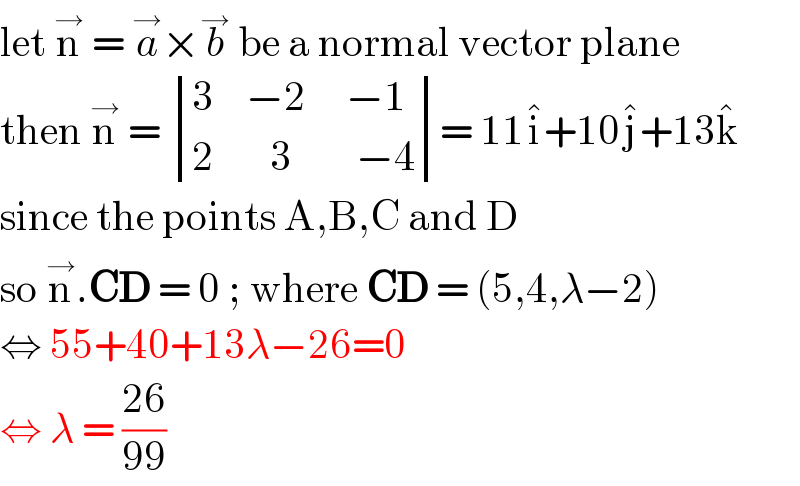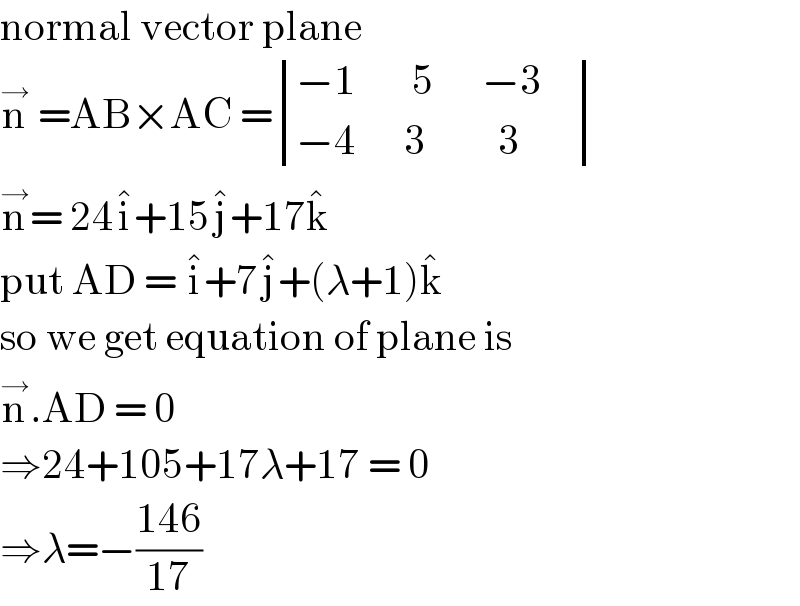
Question and Answers Forum
Question Number 133199 by rexford last updated on 19/Feb/21

Answered by mr W last updated on 20/Feb/21

Commented by liberty last updated on 20/Feb/21

Commented by mr W last updated on 20/Feb/21

Commented by rexford last updated on 20/Feb/21

Answered by john_santu last updated on 20/Feb/21

Answered by EDWIN88 last updated on 20/Feb/21

Answered by liberty last updated on 20/Feb/21

Commented by rexford last updated on 20/Feb/21

